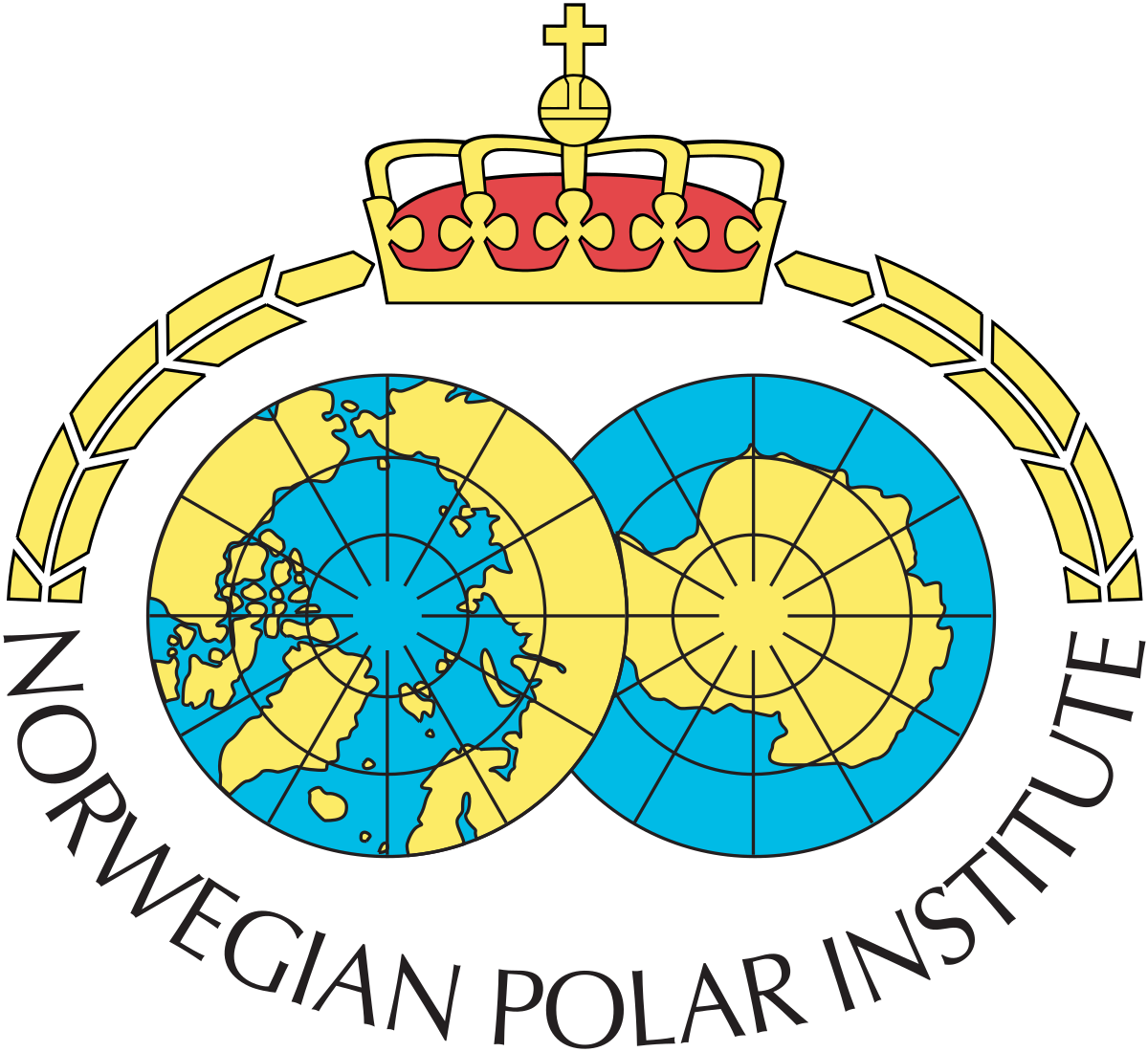Effective communication of science to a wide audience is arguably as important as the science itself, although it receives less attention in the academic world. As a first-year master’s student, I can finally say that I am relatively confident in my ability to read an academic journal article and come away from it with an understanding of the scientific questions answered and the big-picture implications of the results—provided that the paper relates to my specific sub-field. The further the topic strays from atmospheric dynamics as inferred from ice core chemistry, however, the more lost I become. Now don’t get me wrong, I totally understand the importance of publishing technical papers in academic journals written for an audience of experts. But everyone—experts, non-experts, people of all academic levels and concentrations—is dependent upon nature. And in a world where the natural sciences are increasingly tied to politics, it is essential for policymakers, and those who elect them, to be able to understand how we affect nature and how we can better coexist with it.
One of my favorite sessions at the 2016 American Geophysical Union (AGU) conference involved talks by scientists about their research, with the caveat that they could only use the 1,000 most used English words. This was a refreshing break from many of the other talks I’d been to that day, which, as an undergrad attending my first AGU meeting, had been way over my head.
It took one Google search to find this helpful Text Editor created by Theo Sanderson. The page allows users to type into a box and underlines any word that is not one of the 1,000 most used. As an example, here is the original text of my undergraduate thesis title and abstract followed by the “translation” I came up with:
Original:
“Evaluating Precipitation in Southern Alaska using Ice Core and Automatic Weather Station Records”
Precipitation in Alaska is sensitive to the Aleutian Low (ALow) pressure system and North Pacific sea-surface temperatures, as shown by the increase in Alaskan sub-Arctic precipitation associated with a shift in the Pacific Decadal Oscillation (PDO) in 1976. Precipitation in the high-elevation accumulation zones of Alaskan alpine glaciers provides critical mass input for glacial mass balance, which has been declining in recent decades due to warmer summer temperatures despite the winter precipitation increase. Twin ice cores holding a climate record of more than 1,200 years, collected from the summit plateau of Mount Hunter in Denali National Park, Alaska, show a doubling of annual snow accumulation over the past 150 years, with most of the change observed in the winter. Other alpine ice cores collected from the Alaska and St. Elias ranges show similar snowfall increases over recent decades. Here we use Automatic Weather Station (AWS) data from the Mt. Hunter drill site (elevation 3,900 m a.s.l.) and from nearby Denali climber’s Base Camp (elevation 2,195 m a.s.l.), as well as from various low- altitude coastal sites throughout south-central Alaska, to evaluate alpine and lowland Alaskan precipitation on annual, seasonal, and storm-event timescales over the time period from 2013- 2016. Through this analysis, we determine that synoptic patterns associated with individual storms at the Denali ice core site are consistent with seasonally-averaged anomalies for the wettest seasons over the entire south-central Alaska region, which provides confidence in our ability to use the ice core as a regional climate proxy. We focus on the role of variable ALow and North Pacific High strength in influencing seasonal variations in Alaskan storm tracks and find that differences in synoptic conditions, such as precipitation, sea level pressure, and winds, are associated with differences in the paths of regional-scale storms between summer and winter. Our analysis will improve our paleoclimate interpretations of the 1,200-year Mt. Hunter accumulation record as well as improve our ability to understand low-elevation hydroclimate proxies from lake sediment cores.
1,000 Most Used Words Translation:
“Studying stuff that falls from the sky using sticks of ice and stuff that has already fallen from the sky”
Stuff that falls from the sky in the highest-up US state responds to changes in where the air goes and to how warm the big water body is. In high-up places that are home to really big bodies of ice, ice-rain is important for the big bodies of ice to stay as big as they are. They have been getting smaller because it is getting warmer, even though more ice-rain is falling during the time of year when it's cold. Two sticks of ice were taken from one of the big ice bodies, and they can tell us what the air used to feel like and how much stuff used to fall from the sky. They show that in the past 150 years, the number of ice-rains has gone up times two. Most of the going-up has happened during the part of the year when it's cold. Other ice sticks taken from places close by show pretty much the same thing. Here, we look at how much ice-rain has fallen from the sky at the high-up place we took the ice sticks from, at a slightly lower place, and at several different places that are much lower (next to the big body of water). We are studying how much has fallen at these places each year, each part of the year, and during times when the sky is angry, for the time from 2013 to 2016. By doing this, we found out that when the sky is angry at the high-up places, it is also angry at the lower places. This makes us feel that we can use the ice sticks to find out how the air used to feel and how much stuff used to fall from the sky in this whole area. We also focus on how the sky is acting to make rain and ice-rain come in from different directions at different times of year. This study will help us use the ice sticks to learn more about how it used to be in this area. It will also make it easier to use sticks of brown stuff from the floor of little bodies of water to understand how the air used to feel and how much stuff fell from the sky in low places that don't have any big bodies of ice.
Obviously, effective science communication for a wide audience would fall somewhere in between these two renditions (unless you happen to be giving a talk in a kindergarten classroom). This task was initially difficult for me—I don’t normally think of storms as “times when the sky is angry”! —but it became easier as my brain shifted its way of communicating. This makes me believe that science can be made understandable for an audience of any level, as long as we challenge our minds to think in ways we aren’t used to, or necessarily comfortable with. Fundamentally, what truths do we as scientists want to convey?
With that, I challenge you scientists out there to try this exercise for yourself! And if you are coming from outside of science and run into road-blocks in understanding technical scientific writing on a platform put out to the general public, reach out to the authors to let them know. For it is the collective responsibility of scientists to make the science we do digestible by the general public.


